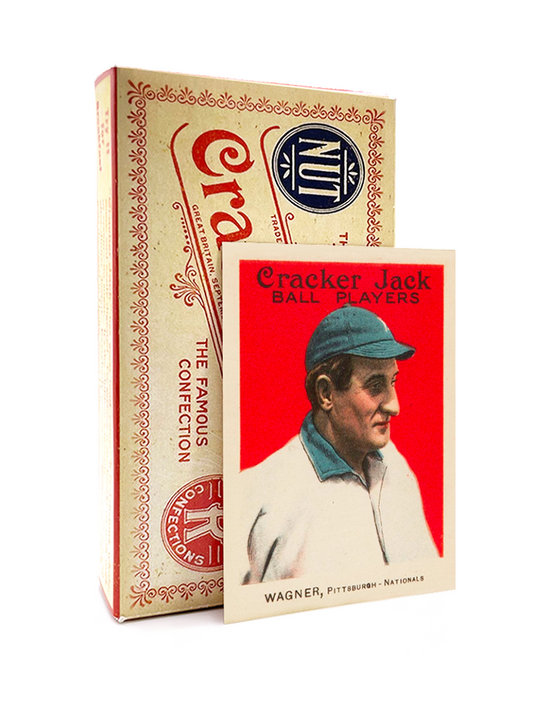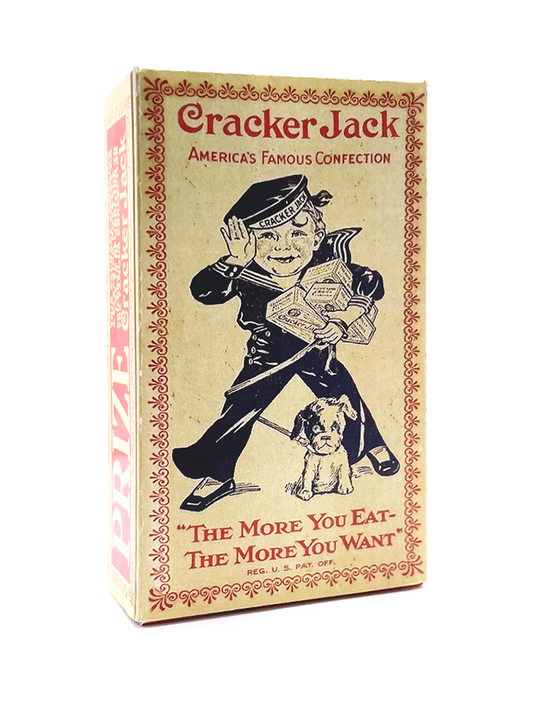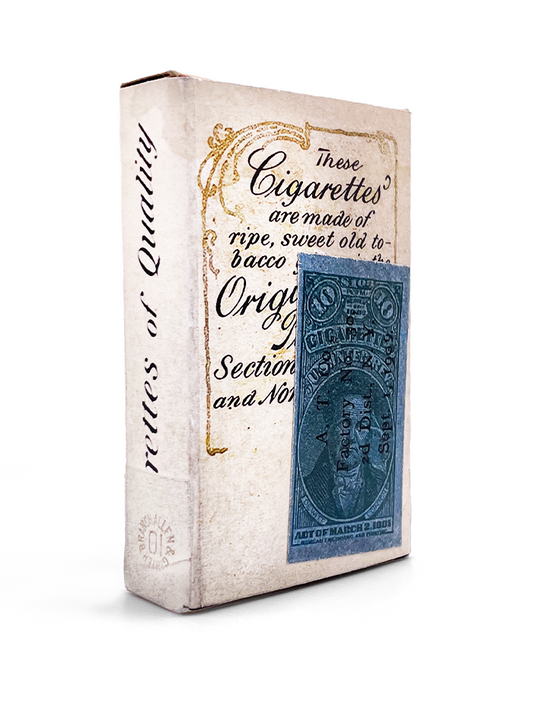
Are Reprint Baseball Cards Worth Anything?
Share
Baseball card collecting is a beloved hobby for many enthusiasts around the world. While original vintage cards often fetch high prices due to their rarity and historical significance, reprint baseball cards occupy a unique niche within the collecting community. But are reprint baseball cards worth anything? The answer is not as straightforward as one might think. In this blog post, we will delve into the value of reprint baseball cards, explore what makes them appealing to collectors, and discuss how to assess their worth.
Understanding Reprint Baseball Cards
Reprint baseball cards are essentially replicas of original cards, produced to celebrate iconic players or commemorate significant moments in baseball history. These cards are typically issued by the original manufacturer or authorized by the player’s estate, which lends them an air of legitimacy. Reprints can serve various purposes, including providing a more affordable option for collectors who may be priced out of the original market. They allow fans to own a piece of baseball history without breaking the bank.
Why Collect Reprint Baseball Cards?
Collectors are drawn to reprint cards for numerous reasons. First and foremost, affordability plays a significant role; reprint cards offer a budget-friendly alternative for those who wish to own iconic cards without the hefty price tags often associated with original versions. Additionally, the accessibility of reprint cards allows collectors to complete their collections without the challenge of tracking down rare originals. Another factor is condition; reprint cards are usually produced in mint condition, contrasting with many originals that have suffered wear and tear over the decades. Nostalgia also fuels interest, as reprints enable newer generations of fans to appreciate and possess replicas of classic cards they might otherwise never encounter.
Factors Affecting the Value of Reprint Baseball Cards
While reprint baseball cards typically do not reach the lofty heights of original cards in terms of value, several factors can influence their worth. The player and card popularity play a crucial role; reprints of cards featuring legendary figures such as Babe Ruth, Mickey Mantle, and Honus Wagner can still command respectable prices, thanks to their iconic status. Limited editions further enhance value; some reprint cards are produced in smaller quantities, making them more desirable among collectors. Certification and authenticity are vital as well; officially licensed reprints that come with proper certification are generally more valuable than unlicensed versions. Just like original cards, the condition of reprint cards heavily impacts their value; those in pristine condition are worth significantly more. Lastly, demand is a critical factor; the market for specific reprint cards can fluctuate based on the popularity of the player and the historical significance of the card.
Examples of Valuable Reprint Baseball Cards
There are numerous examples of reprint baseball cards that collectors might find valuable. For instance, T206 Honus Wagner reprints can fetch between $50 and several hundred dollars, depending on the edition and condition. Similarly, reprints of the iconic 1952 Topps Mickey Mantle card can command prices ranging from $20 to over $100, particularly if they are part of a limited edition set. The 1933 Goudey Babe Ruth reprints are also highly sought after, with values ranging from $10 to $75. Each of these examples illustrates how even reprints can hold value in the collecting world, especially when they pertain to legendary players.
“The thrill of collecting is not just about the cards themselves, but the stories they tell and the memories they evoke.” – A Passionate Collector
Tips for Collecting Reprint Baseball Cards
Here are some valuable tips to consider when collecting:
Before purchasing a reprint card, it’s essential to conduct thorough research regarding its origin, edition size, and current market demand to ensure a fair price. Always buy from reputable sources, as this minimizes the risk of acquiring counterfeit cards. Additionally, preserving the condition of your cards is critical; using protective cases can help maintain their value over time. Lastly, always check for certification to verify the authenticity and official status of your reprint cards, as this can significantly impact their value in the market.
Conclusion
In summary, while reprint baseball cards may not carry the same high value as their original counterparts, they nonetheless hold significant worth for collectors. These reprints provide an affordable and accessible means to appreciate and preserve the rich history of baseball. By understanding the various factors that influence their value and approaching collecting with care, enthusiasts can build a meaningful and valuable collection of reprint baseball cards that they can enjoy for years to come.









